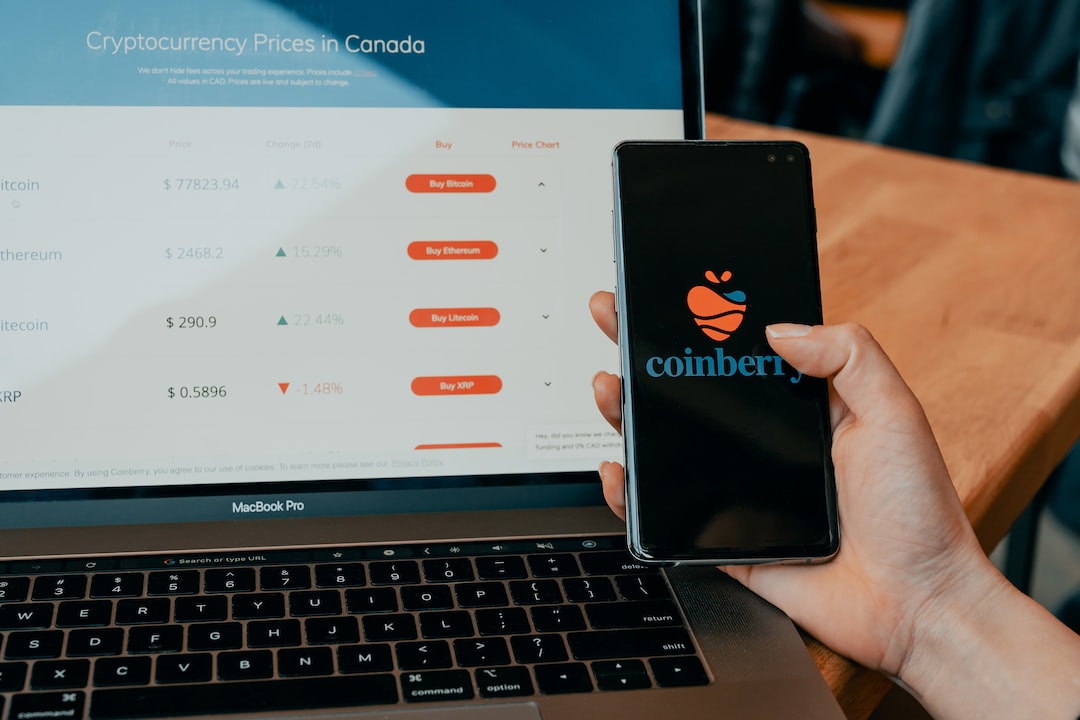Analysis of Cosmos (ATOM), Shiba Inu (SHIB), and Polygon (MATIC) Prices and News
Today, we’ll take a look at the prices and recent news surrounding three prominent crypto assets: Cosmos (ATOM), Shiba Inu (SHIB), and Polygon (MATIC).
Price Analysis
All three assets experienced negative price movements recently. Cosmos (ATOM) saw a 4.73% decrease in the last 24 hours, with a price of $6.45 and a market capitalization of $2.3 billion. Shiba Inu (SHIB) fell by about 7.7%, bringing its price down to 0.00000710, with a market capitalization of $4.2 billion. Polygon (MATIC) also suffered losses, dropping by 6.6% to $0.50, with a market capitalization of $4.7 billion.
Cosmos Update and Liquid Staking Module
The upcoming release of Cosmos v12 brings excitement to the community. This update introduces the Liquid Staking Module (LSM), which aims to enhance network liquidity and unlock millions of ATOM tokens. The approval of Prop 821 is another significant component of this update, replacing existing staking, distribution, and penalty modules. The release undergoes rigorous testing to ensure reliability and resilience. The update has the potential to revitalize the blockchain staking ecosystem.
Shibarium’s Milestone and SHIB Burning
Shibarium, the Layer-2 blockchain, is approaching two million daily transactions, showcasing its growing popularity. The relaunch of Shibarium was successful with the collaboration of SHIB, the Unification Fund, and support from Polygon. The Shiba Inu community has witnessed a significant increase in SHIB burning, with 181,859,002 tokens transferred to non-functioning addresses. Reflecting on its history, the burning of SHIB tokens by Ethereum co-founder Vitalik Buterin in May 2021 had a profound impact on its price trajectory.
Hot Take: The Future of These Assets
Despite recent price declines, the upcoming Cosmos update and the growing popularity of Shibarium demonstrate the potential for these assets. The introduction of the Liquid Staking Module and the milestone achievements of Shibarium indicate positive developments in their respective ecosystems. However, market conditions and community sentiment will continue to shape the future of these assets.





 By
By

 By
By
 By
By
 By
By
 By
By